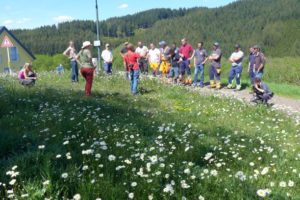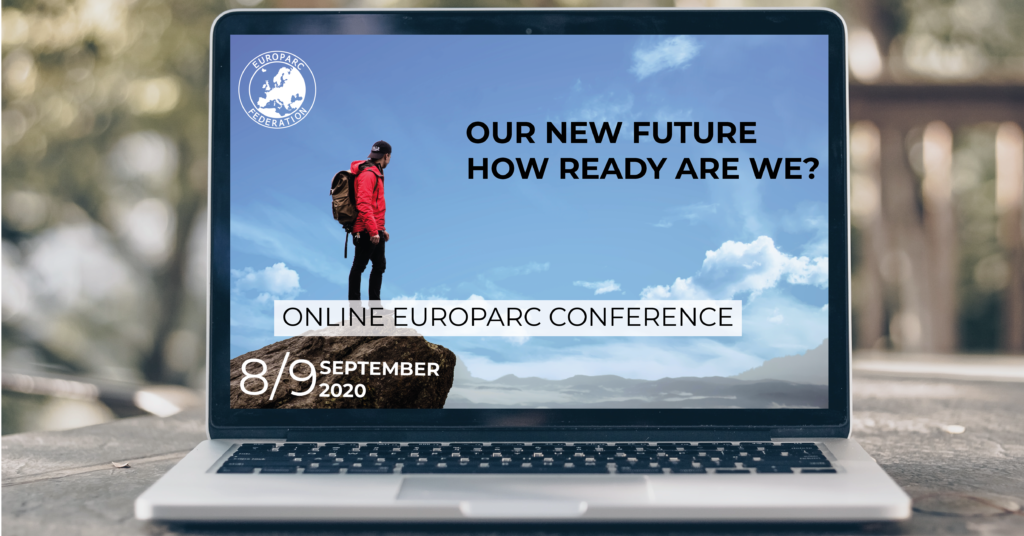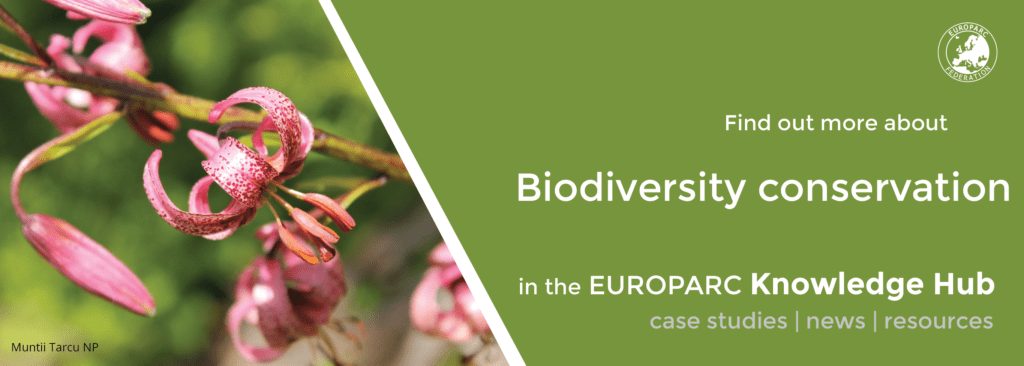Case Study: “Without Pesticides” Campaign by Nature Park Our
Photo by Kristina Paukshtite from Pexels
The “Without Pesticides” Campaign by Nature Park Our in Luxembourg is a great example of ways to promote more biodiversity in public spaces.
Imagine; a world with no more pesticides… Having trouble? Nature Park Our in Luxembourg is taking steps to achieve it! The“Without Pesticides” campaign by Nature Park Our has been advocating a total ban on pesticides nationwide in Luxembourg since 2009.
Pesticides in agricultural practices pose a big threat to our biodiversity, however their use in public green spaces tend to get overlooked in the discussion. Often these areas are expected to look “clean” and thus require a lot of upkeep, often with the use of pesticides. To ban pesticides in public green spaces was the starting point of the “Without Pesticides” campaign. Before the campaign was launched, the use of herbicides and other pesticides was common practice in the municipalities for maintaining their green spaces and public areas.
Making the switch
Often, the municipalities were looking to go pesticide-free, but it was a lack of knowledge on alternative methods that held them back. Additionally, there was a general perception that public squares and green spaces had to be “clean”, which corresponded above all to a sterile public space in which there was little room for biodiversity.
Challenges
Initially, the biggest challenge was to convince the municipalities (both councilors and staff) that it is feasible to maintain public areas without pesticides. However, this problem receded into the background with the ban on the use of pesticides in public spaces. The central problem was how to create alternatives by providing pesticide-free planting material and regional seeds, this problem is likely to be resolved in the next few years.
Solutions

Workshop for municipalities employees – Nature Park Our
The pillars of the campaign were and are training and awareness-raising. Through training, new techniques were introduced and through awareness-raising acceptance for more “wilderness” in public spaces was fostered. Additionally, it was important to provide municipalities with materials and sources of supply. This is why a project was initiated to produce regional seeds as up until then, there was none. The following actions were taken:
- Training courses (machine demonstrations, e.g. to remove vegetation from paving cracks with steam)
- Workshops on laying out and maintaining near-natural green spaces for municipal employees
- Taking part in developing seed production for autochthonous seeds
- Help with, and organizing the supply of, pesticide-free ornamental plants for tubs and flower boxes or ornamental beds
- Sensitizing the public (press articles, exhibitions and marking the project areas with specially-designed signs)
The successful campaign resulted in the Nature Park municipalities increasingly resorting to the Nature Parks’ expertise to design their green spaces in a way that is close to nature.
Additionally, new parks and gardens are planned and laid out near-naturally right from the start.
For more information visit this website.
You can find this case study in our knowledge hub
EUROPARC Conference 2020
With the new biodiversity strategy 2030 published by the European Commission, restoring biodiversity has moved to the top of the international agenda.  Protected Areas must and will play an important role, but what will that role look like exactly?
Protected Areas must and will play an important role, but what will that role look like exactly?
That is what we want to find out at the online EUROPARC Conference 2020 “OUR NEW FUTURE: HOW READY ARE WE?”. Register now and join THE event for nature professionals in Europe!
